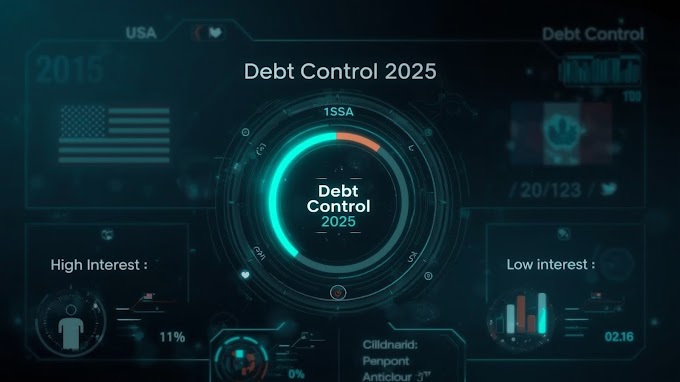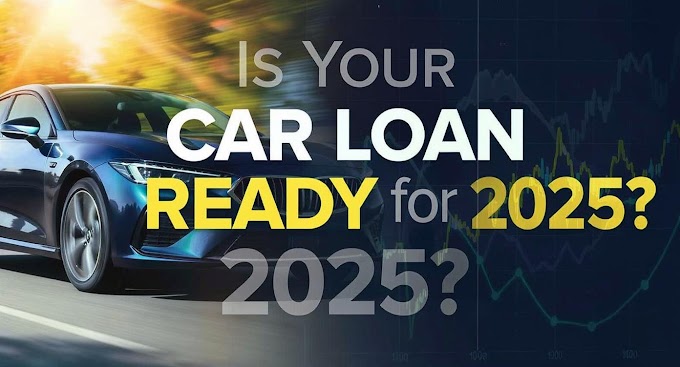Navigating the Unforeseen
Your interactive guide to making smart decisions about emergency loans in 2025.
Why Do You Need Funds?
The first step in responsible borrowing is understanding if your situation truly requires a loan. This section helps you reflect on common reasons for seeking emergency funds, weighing the urgency against the long-term cost of debt.
🚑 Medical & Dental Bills
These are often unavoidable and time-sensitive. A loan can prevent a health issue from worsening or cover high deductibles. This is a primary, justifiable reason for an emergency loan. Assess if payment plans with the provider are an option first.
🚗 Home & Auto Repairs
When essential for safety or your ability to work (e.g., a failed furnace, a car that won't start), these repairs are a valid emergency. A loan can be a crucial lifeline. Differentiate between urgent needs and cosmetic upgrades.
📉 Debt Consolidation
This is a strategic move, not a classic emergency. Using a lower-rate personal loan to pay off high-interest credit cards can save you money and simplify payments. Ensure the new loan's APR is genuinely lower than your current debts' average rate.
The Global Landscape: A Tale of Three Countries
The loan market varies significantly by country due to different economic conditions and regulations. This dashboard allows you to explore and compare the key factors in the USA, Canada, and France to understand the environment you're borrowing in.
The True Cost of Borrowing
A loan is more than just the amount you receive; it's the total you repay over time. This interactive calculator demonstrates how the loan term and APR dramatically affect your monthly payments and the total interest you'll pay, helping you visualize the real cost of debt.
Monthly Payment
$332.14
Total Interest Paid
$1,957.15
The Road Not Taken: Exploring Alternatives
An emergency loan isn't your only choice. In many cases, a different financial tool may be cheaper, more flexible, or less risky. This section provides a comparative look at common alternatives to help you find the best solution for your specific situation.
💰 Emergency Savings Fund▼
Best For: Everyone. This is your first and best line of defense.
Pros: No debt, no interest, no application. Instant access to your own money.
Cons: Takes time and discipline to build. Many people don't have one.
💳 0% Intro APR Credit Card▼
Best For: Disciplined borrowers with good credit who can pay off the full amount within the 12-21 month promotional period.
Pros: Interest-free borrowing if paid on time.
Cons: Requires good credit. High interest rates kick in after the intro period.
🏦 Payday Alternative Loan (PAL)▼
Best For: Credit union members needing a small loan ($200 - $2,000).
Pros: Far cheaper than payday loans with APRs capped at 28%. Regulated and designed to be fair.
Cons: Must be a member of a federal credit union that offers them.
Your Prudent Path
If you decide a loan is the right path, borrowing responsibly is key to protecting your financial future. Follow these essential best practices to ensure the loan serves as a helpful tool, not a debt trap.
- ✔Borrow Only What You Need: Resist the temptation of larger loan offers. Stick to the amount required for your emergency to minimize interest costs.
- ✔Have a Clear Repayment Plan: Before signing, ensure the fixed monthly payment fits comfortably into your budget.
- ✔Avoid Predatory Lenders: Steer clear of payday loans and title loans with their astronomical APRs and debt-trap models.
- ✔Leverage Pre-Qualification: Compare offers from multiple lenders using "soft" credit inquiries that don't harm your score. This is the best way to find your lowest rate.
.png)
.png)

.png)





Hi Please, Do not Spam in Comments